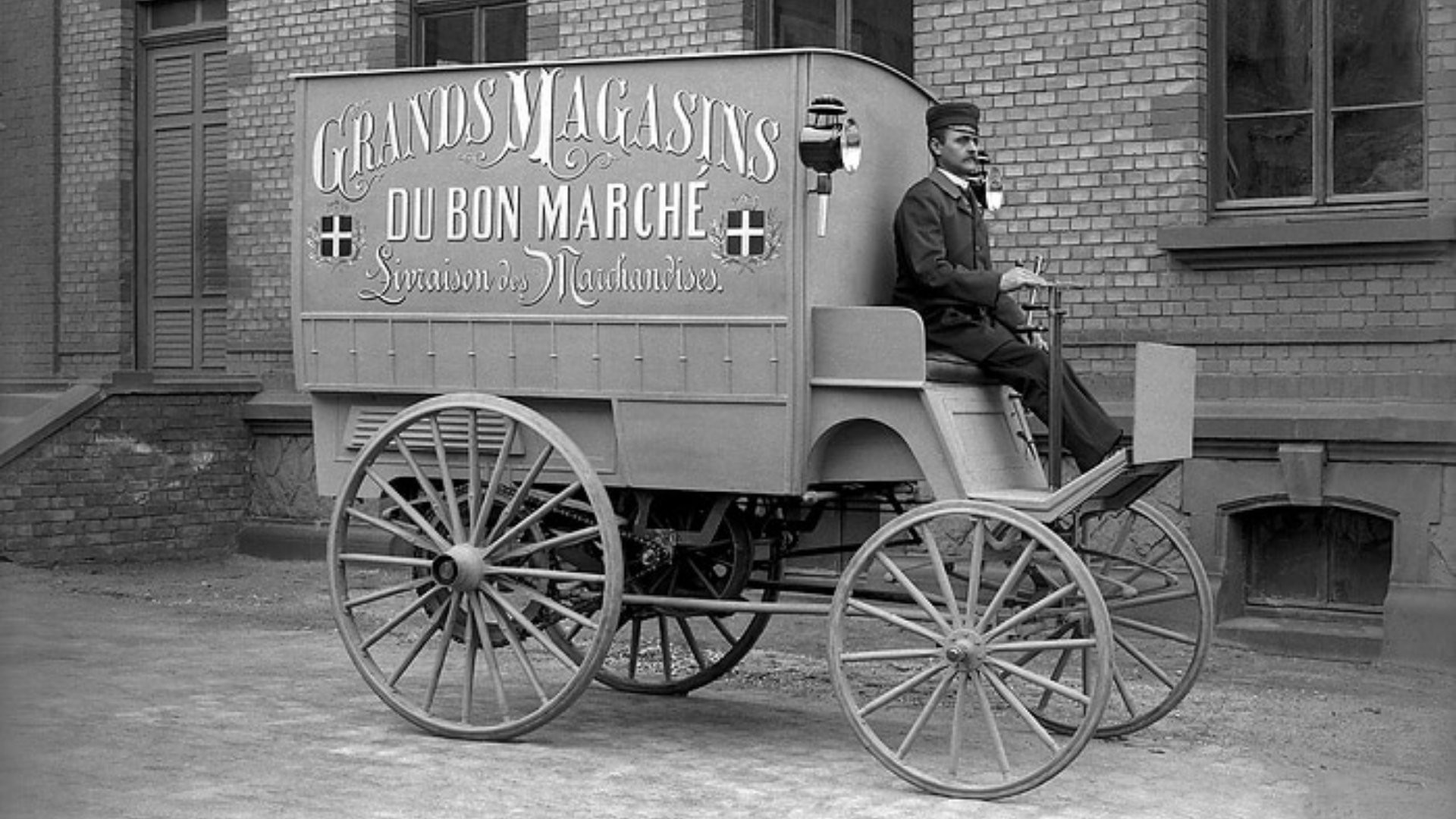
It was 125 years ago that the success story of the Mercedes-Benz delivery automobile first began. This vehicle was also the first motorized van to possess an internal combustion engine. Over the years, this type of car proved to be effective in transport, commercial, travel, and even leisure. Truly making it in cricketing terms an 'All-Rounder.' This van also became known for its compactness and manoeuvrability. The French market was the first to welcome this innovative van technology introduced by Mercedes-Benz with enthusiasm. MWTV presents this article to help you understand the history of the Mercedes-Benz van and what it has achieved over the last hundred years.
The initiation of the Mercedes-Benz van production:
In 1896, Mercedes, then called 'Rheinische Gasmotorenfabrik Benz & Cie,' first started its product expansion drive. Apart from open-top passenger cars, it included the development of vans and the world's first coupé with an internal combustion engine. A clear early indication of the German luxury car manufacturer's interest in diversification, a characteristic that has become a strength of Mercedes Benz over the years.
Mercedes-Benz van and its connection to the French market:
In the 'Benz & Cie' catalogue published in May 1896, the "Benz delivery vehicle" was first mentioned. This innovative concept of a delivery van with a superior and 5-horsepower engine was welcomed in the French, not the German market (a surprise) with open arms. It was a Parisian store "Du Bon Marché" that was keen to exhibit it, and therefore the prototype of the Mercedes-Benz van was sold out here. The catalogue page of this multi-purpose automobile has an illustration of a vehicle and along with the advertisement for the Paris departmental store. More importantly, France's acceptance of ground-breaking inventions in automobile manufacturing was because this nation, along with Great Britain, understood the power of innovation better, even though Germany first developed new means of mobility.
The Mercedes-Benz van design enabling optimum use of space:
The designers of the Mercedes-Benz van made maximum use of the overall length of the vehicle to create space by placing the engine below the load area. Therefore, this delivery van became the first commercial automobile to feature an underfloor design. As a result, the load and the driver are almost at the same level, which is not observable to the observer at first glance.
The Mercedes-Benz van engine and its price:
It is a 'Single- Cylinder engine that powers the Mercedes-Benz van. This automobile's maximum power output and displacement are 2.9 liters and 3.7 kW or five hp. Furthermore, it comprises three gear ratios: first stepped pulleys, planetary gear, and finally, the countershaft. The clutch of this utility Mercedes-Benz van operates via engaging and disengaging belts. It also has an engine and transmission system, which, when combined, delivers a maximum speed of 15 km/h at maximum load by overcoming gradients up to 10%. The cost of this vehicle was 4,500 marks. The payment process required that about one-third be paid in cash on order. The rest is only on completion of vehicle delivery. As for the overall sales of this Mercedes-Benz van in 1846, there is no available information.
With the Mercedes-Benz delivery van completing 125 years of success, here is hoping that the brand will continue to be a world leader in car innovation shortly.

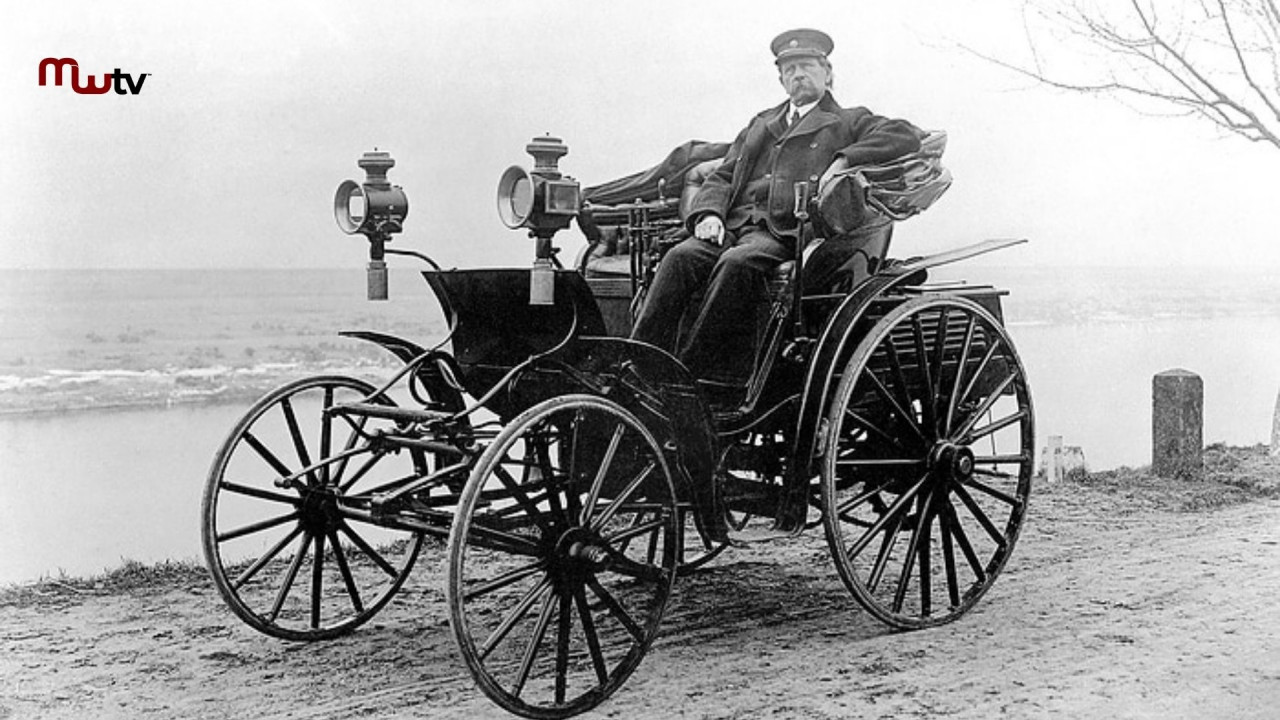
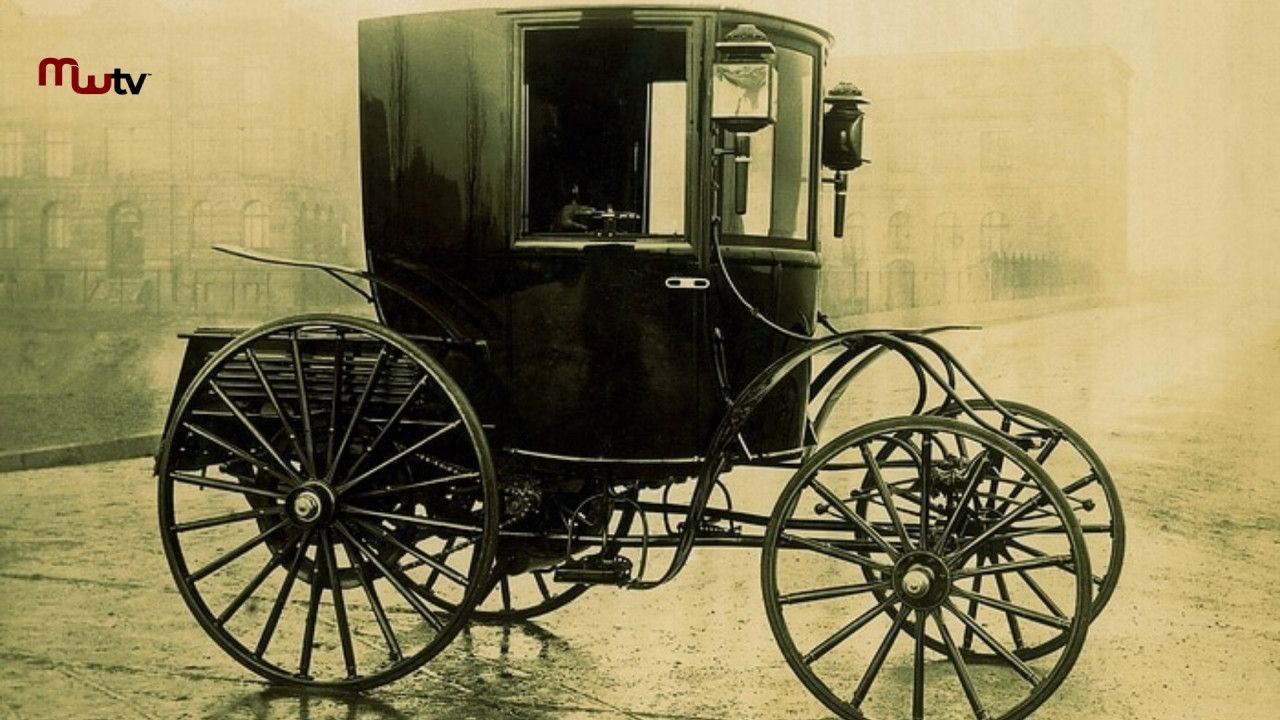

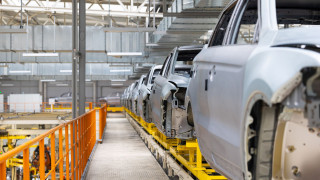



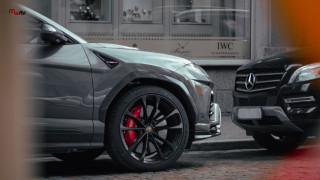

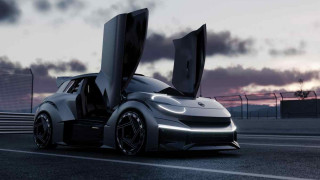
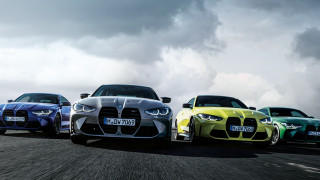
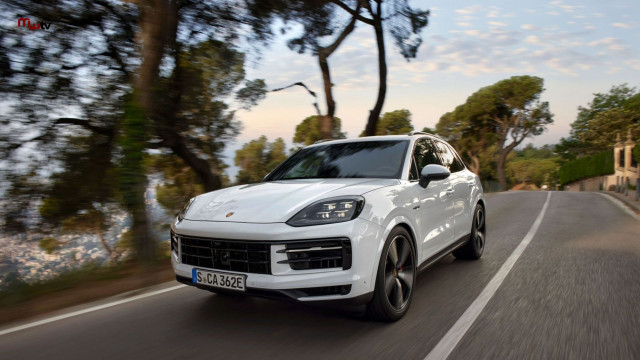

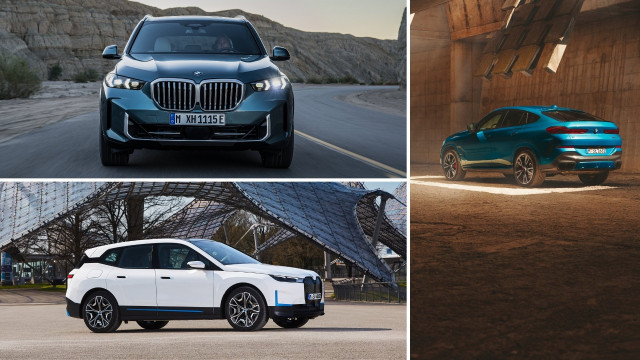
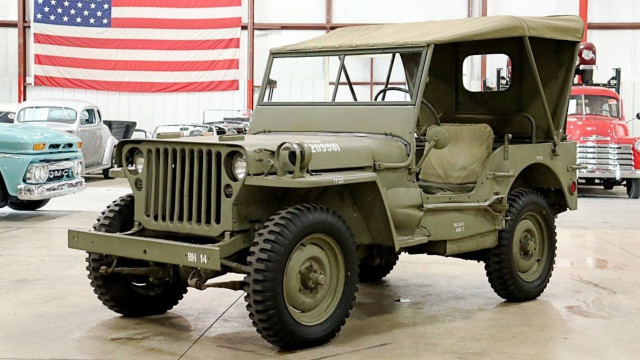

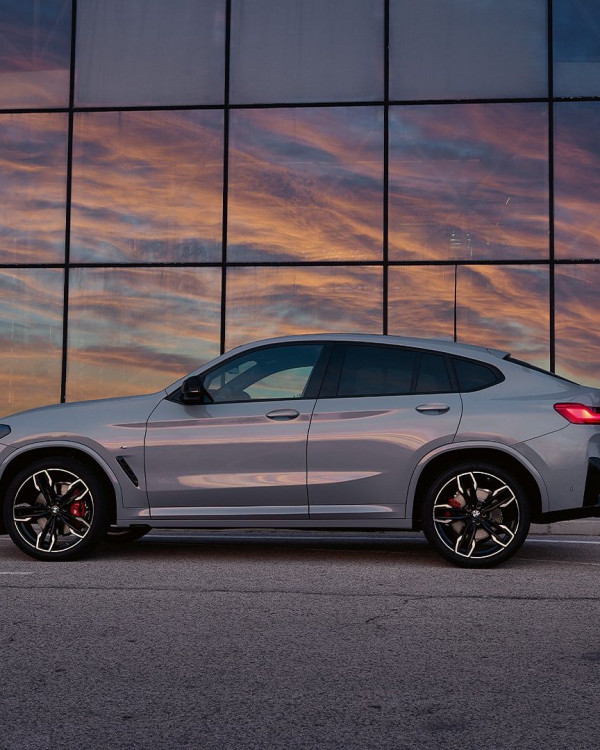
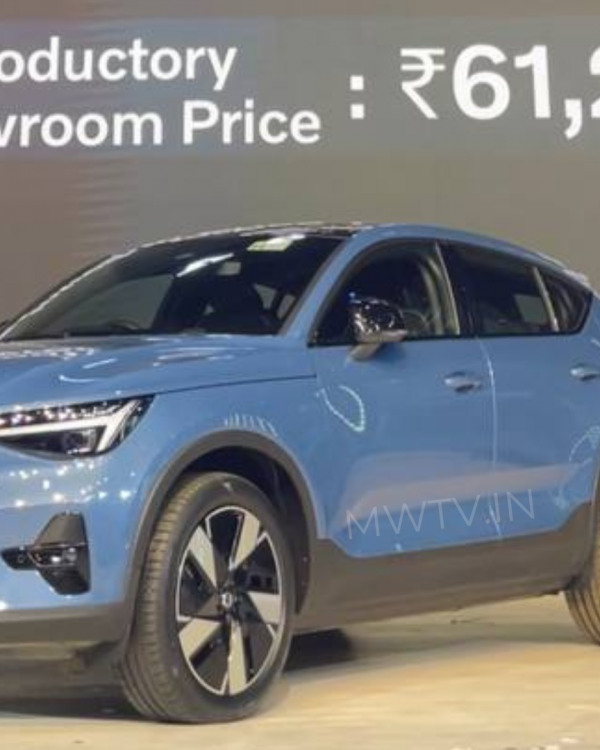
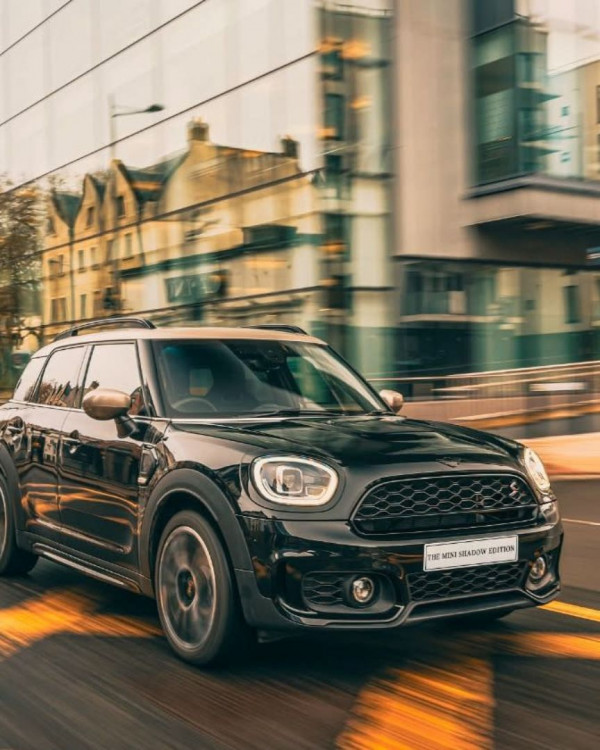
Your comment will be verified by admin before going live